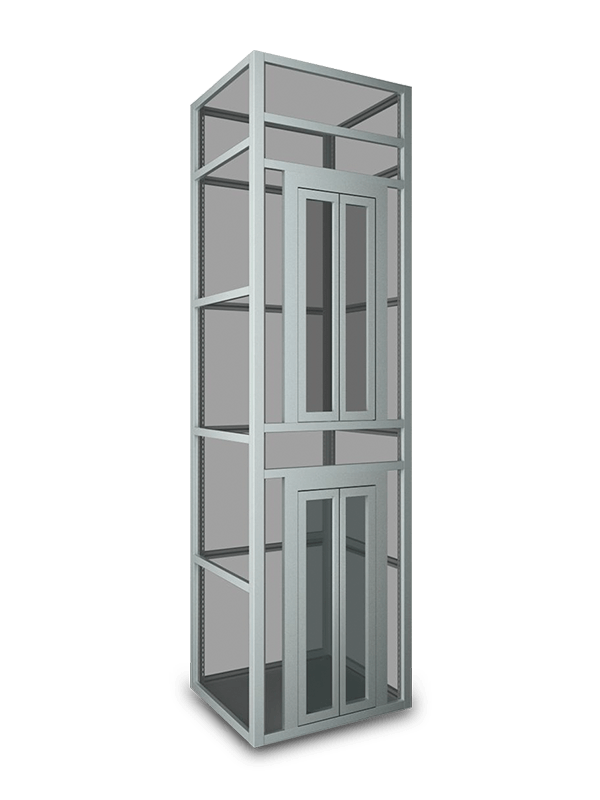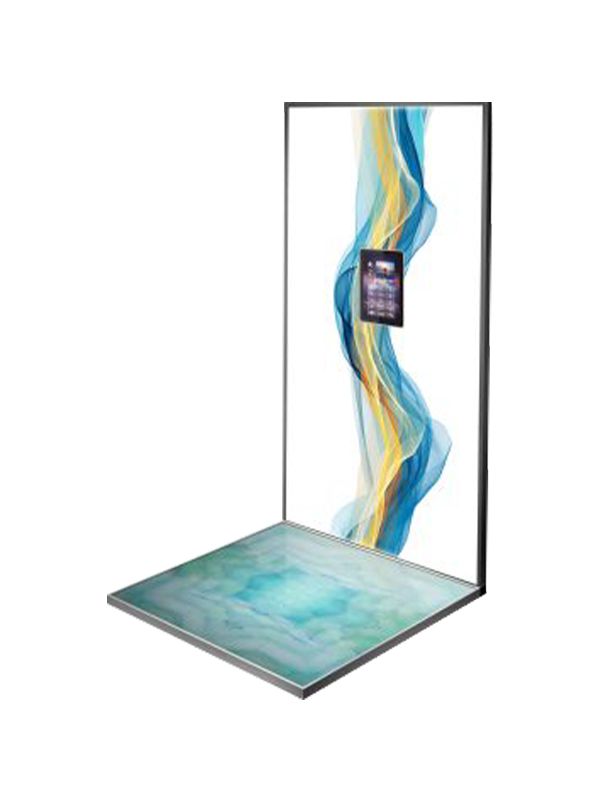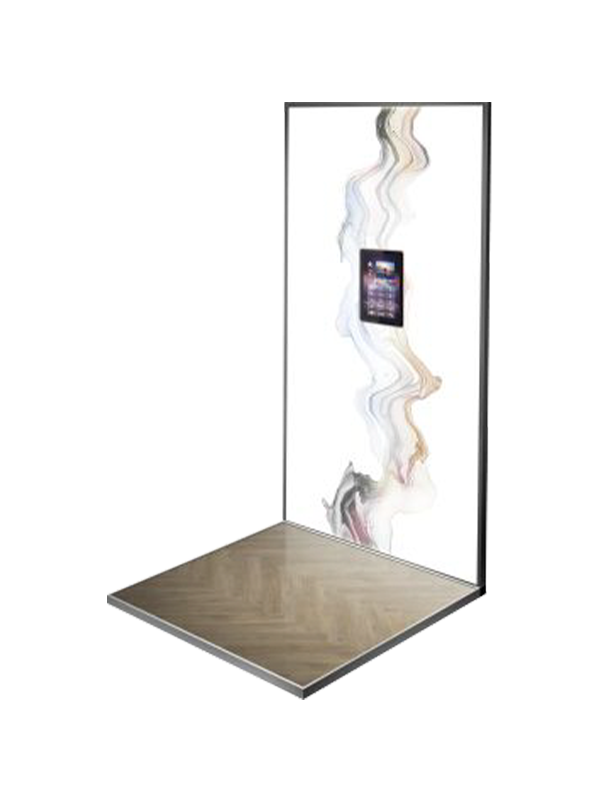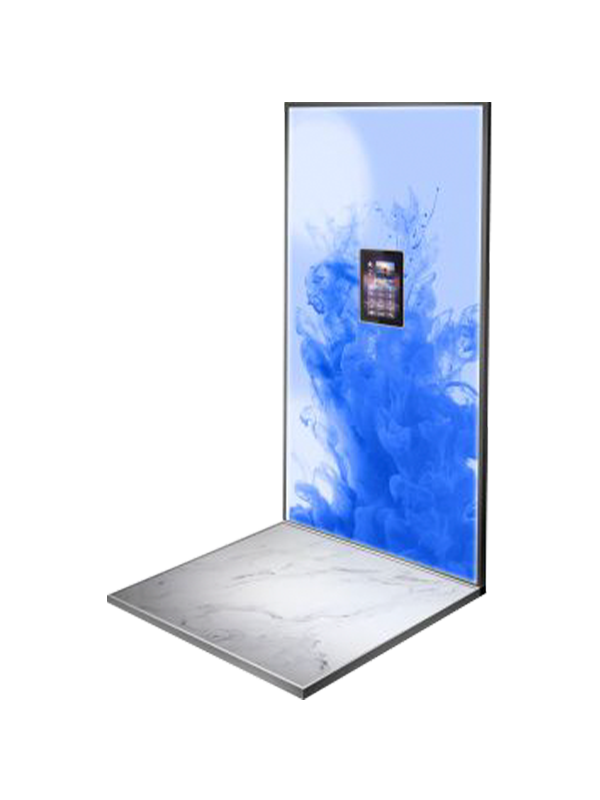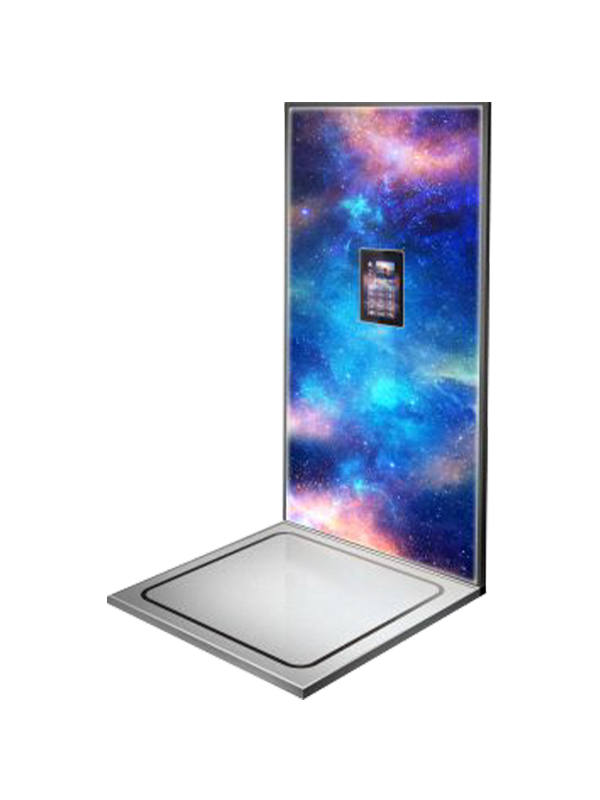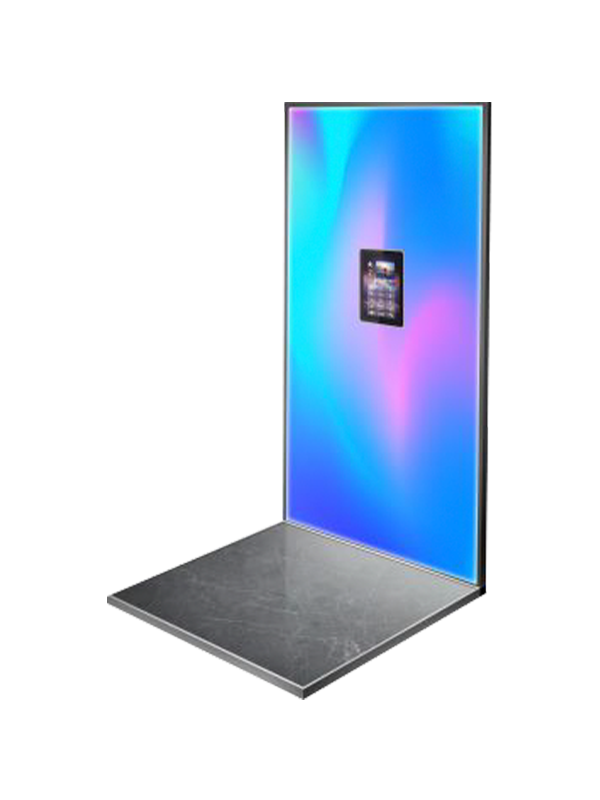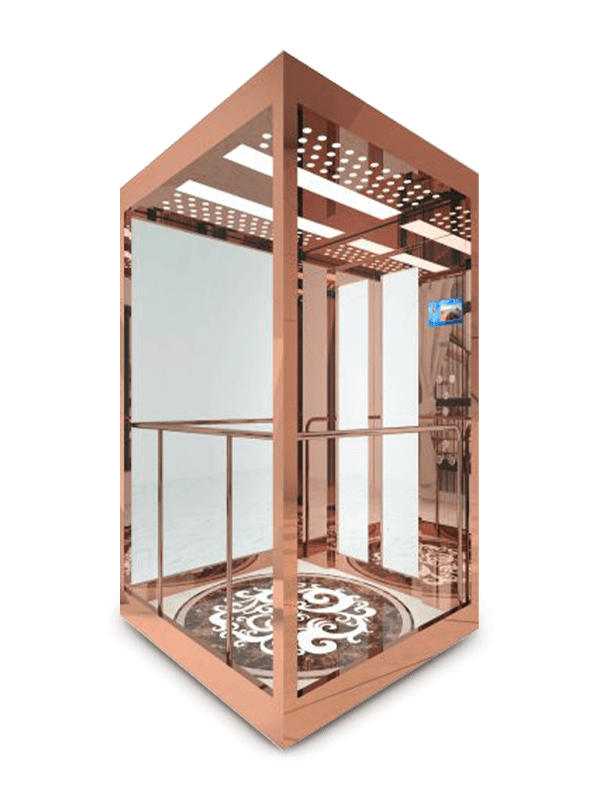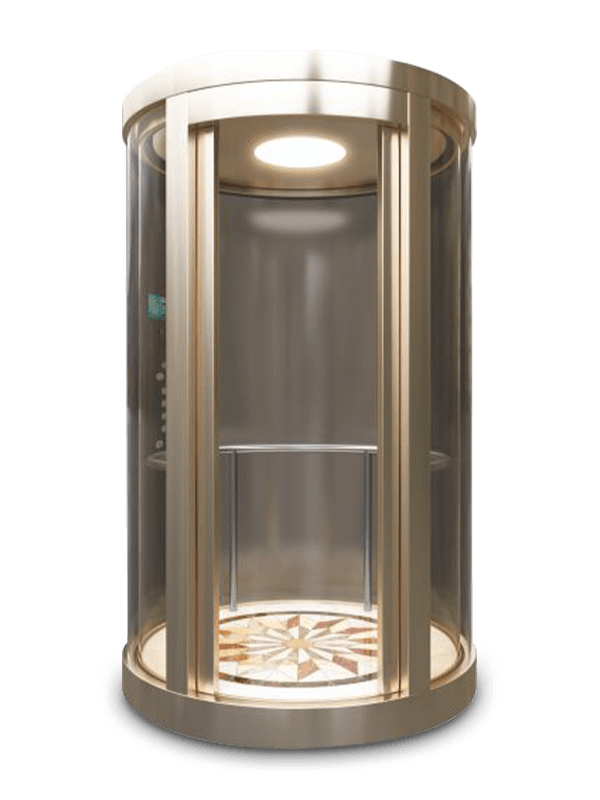There are currently three types of drive types for the Household Elevator: traction, traction, and hydraulics. As we all know, the energy consumption of traction (such as winch) will be very high, and the power of the main engine will be doubled to lift the same heavy object; the scope of hydraulic energy application is limited by the hydraulic device. Therefore, the traction elevator system has gradually become a more advanced and mature technology.
The traction system is limited by the self-weight of the rope, so it reaches a limit in height, at which point the rope itself can no longer bear its own weight. Therefore, KONE has invented the light-weight and high-strength carbon fiber traction rope-making technology, which enables the super-high-rise elevator floor height to exceed 1000m, which is more than double that of the traditional steel wire rope traction elevator.
From the beginning to the end, everyone is doing their best to find more efficient, more energy-saving and more comfortable home elevator solutions. The disadvantage of the traction elevator system lies in the existence of its counterweight, which increases the space of the hoistway and increases the construction cost. So cableless seems like a good option. But it has to be said that the elevator system other than traction will increase the energy consumption of the elevator several times, or even dozens of times, so this is not an economical solution that can be accepted by the public.
Cableless technology, the most reminiscent of spur gear traction and magnetic levitation technology. Spur gears are used as elevator traction technology: due to the gear meshing transmission, the smoothness of the transmission is obviously unsatisfactory, especially when the gears are worn out, the impact and meshing sounds are enough to make passengers take a train.
And magnetic levitation technology, not to mention also know that its cost is particularly high. However, some manufacturers are currently developing magnetic suspension guide shoes for ultra-high-speed elevators to reduce the vibration of the car.
Home elevators are typical mechatronics integrated products. To develop, they can only rely on micro-innovations brought about by a technological innovation in various sub-fields of machinery and electronics. For example, in the field of materials, lighter and stronger materials can be produced. Now Is the steel wire rope the same as the steel wire rope one hundred years ago? There are already elevators using carbon fiber ropes, but they are not popular because of cost reasons. For example, in the field of electronics, after the invention of the frequency converter, the elevator bid farewell to two-speed, becoming more power-saving, smarter, more comfortable and safer.
All that said, cableless technology doesn't seem like a technology for the masses. Home elevator technology cannot be separated from traction technology. It should be an inevitable trend to adopt a mixed strategy to improve elevator ride quality.
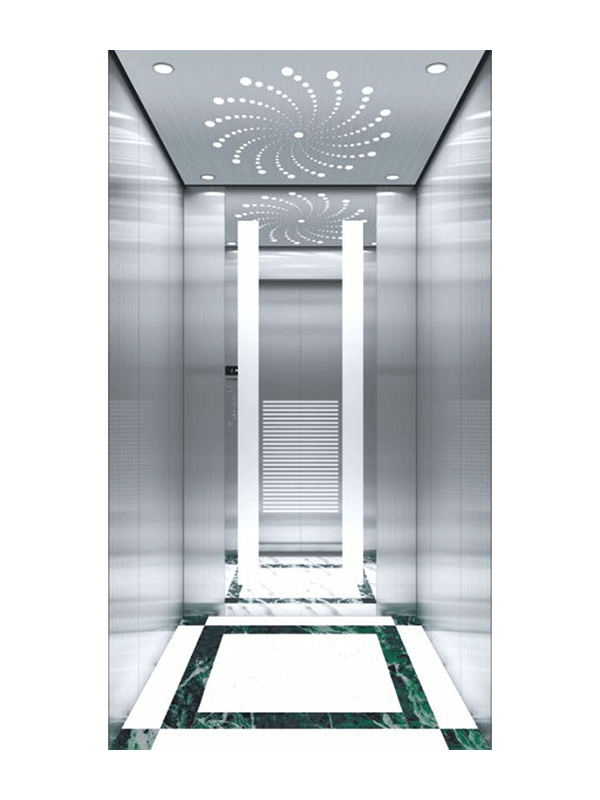








 English
English عربى
عربى Deutsch
Deutsch Español
Español Français
Français русский
русский 日本語
日本語 简体中文
简体中文
